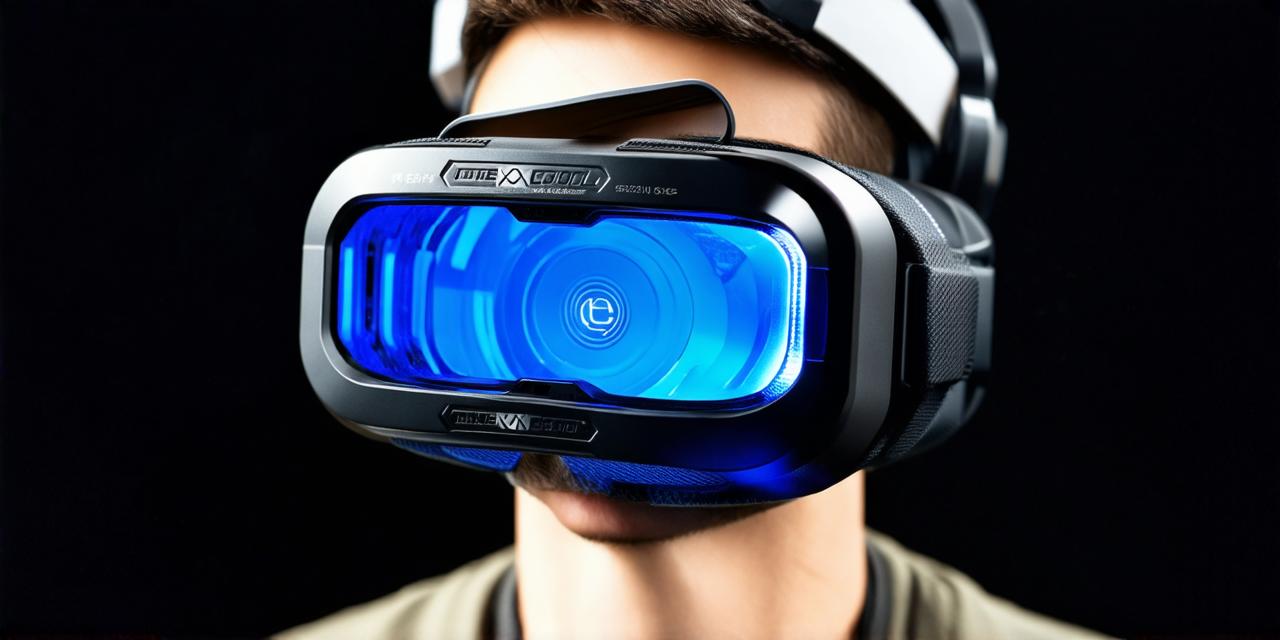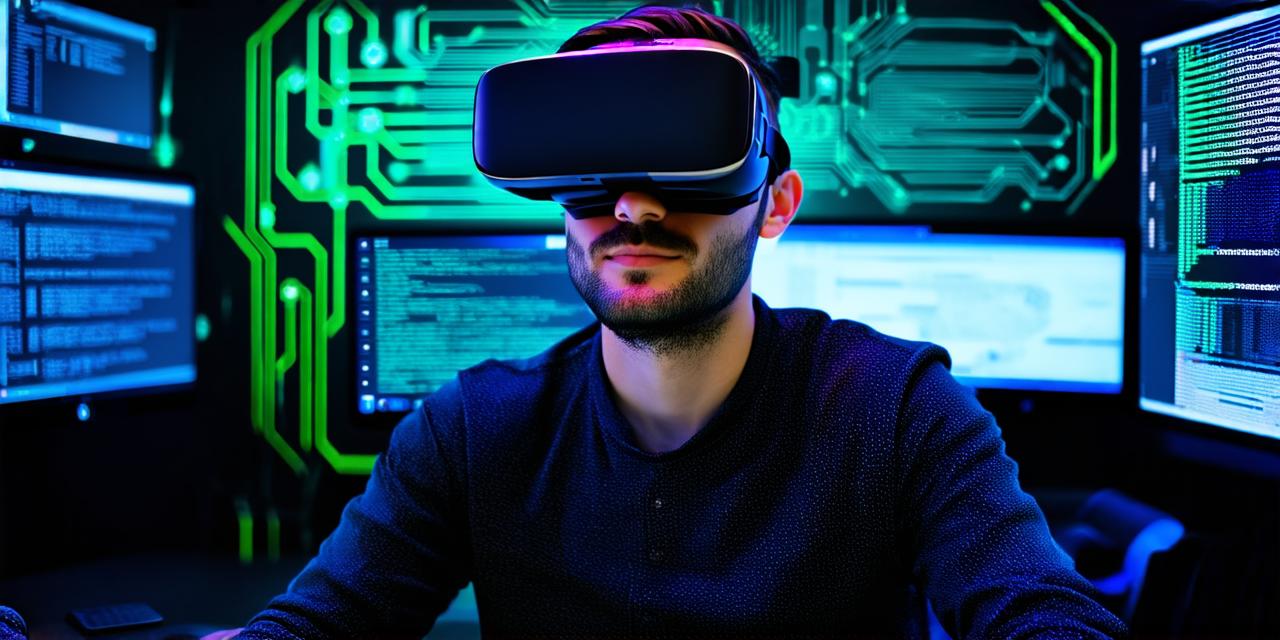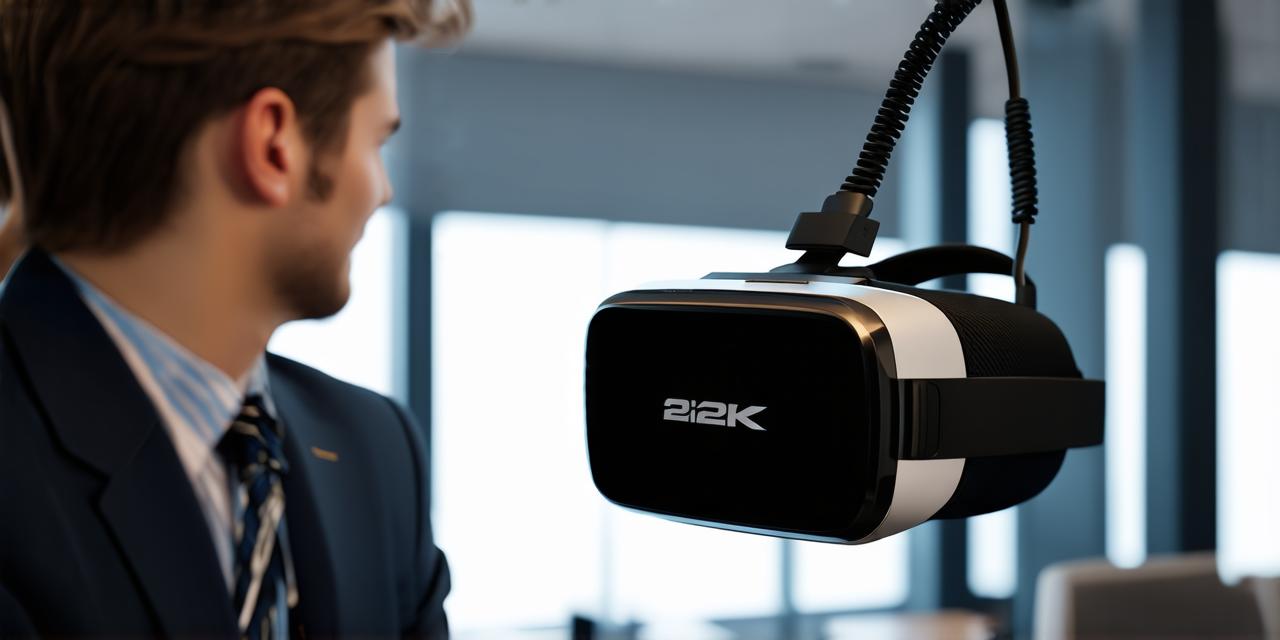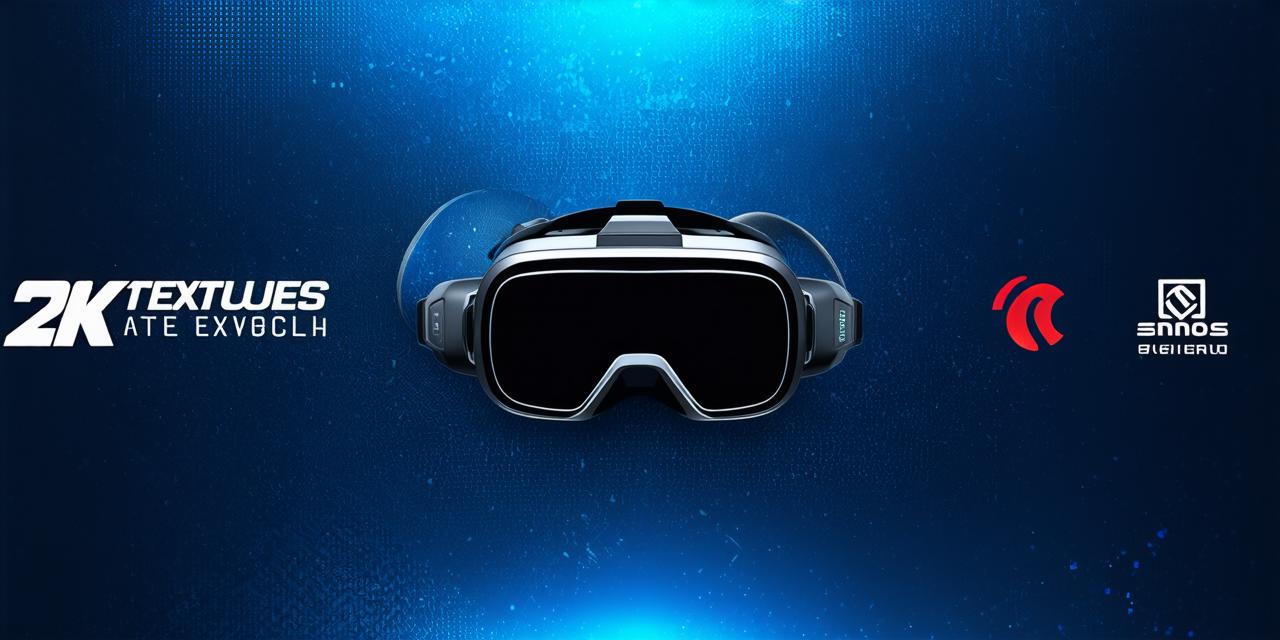Table of Contents
1. Introduction
2. The Components of VR Goggles
3. How VR Goggles Track Movement
4. Display Technologies Used in VR Goggles
5. VR Goggles vs. AR Glasses: What’s the Difference?
6. VR Goggles and Their Impact on AR Development
7.
Conclusion
8. FAQs
Introduction
Virtual reality (VR) goggles have revolutionized the way we interact with digital content and opened up new possibilities for augmented reality (AR) development. In recent years, VR technology has made significant strides in both hardware and software, leading to more advanced and affordable VR goggles.
One of the key applications for VR technology is in the field of AR development. AR developers can use VR goggles to create interactive experiences that blend digital content with the real world, allowing users to interact with virtual objects in a way that feels natural and intuitive. In this guide, we will explore how VR goggles work and how they can be used to enhance AR development.
The Components of VR Goggles
VR goggles typically consist of several components that work together to create an immersive experience for the user. These components include:
1. Headset: The headset is worn on the head and provides a comfortable fit to ensure that the user can wear it for extended periods. Some VR goggles have adjustable lenses and straps, while others are designed to be more comfortable by using materials like foam or soft padding.
2. Display: The display is responsible for presenting visual content to the user. Most VR headsets use high-resolution displays that provide a wide field of view, allowing users to see the digital environment as if they were in real life.
3. Sensors: Sensors are used to track the user’s movement and adjust the visual content accordingly. The most common sensor used in VR goggles is the gyroscope, which detects changes in the user’s head position and orientation. Other sensors like accelerometers and magnetometers can also be used to improve tracking accuracy.
4. Processing unit: The processing unit is responsible for rendering the visual content and sending it to the display. This typically involves a high-performance graphics card or processor that can handle the complex calculations required to render 3D environments in real time.
5. Connectivity: VR goggles typically connect to a computer or gaming console via USB, HDMI, or other connectivity options. This allows users to access content from various sources and take advantage of the processing power of their home computer or console.
How VR Goggles Track Movement
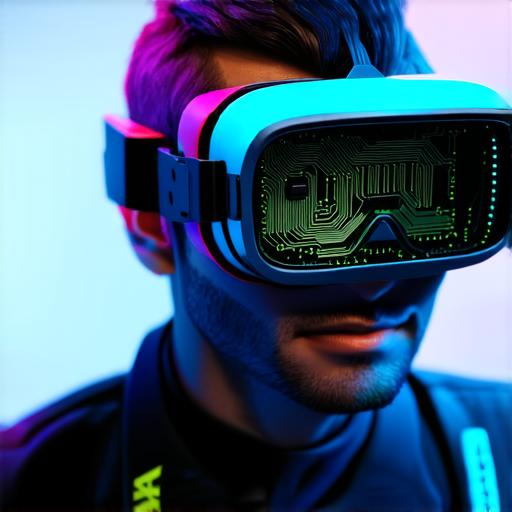
The key to creating an immersive VR experience is accurate tracking of the user’s movement. To achieve this, VR goggles use a combination of sensors and software algorithms.
When a user wears the headset, the gyroscope sensors detect changes in the user’s head position and orientation. This information is used to calculate the user’s position in the virtual environment, allowing them to move through the digital world as if they were physically present.
In addition to the gyroscope sensors, VR goggles may also use other types of sensors like accelerometers and magnetometers to improve tracking accuracy. Accelerometers can detect changes in linear acceleration, while magnetometers can detect changes in magnetic fields, allowing for more accurate tracking of the user’s position in space.
To ensure smooth movement in the virtual environment, VR goggles use a process called interpolation. This involves estimating the user’s future position based on their current position and velocity, allowing for smoother transitions between movements and reducing motion sickness.
Display Technologies Used in VR Goggles
The display technology used in VR goggles is critical to creating a realistic and immersive experience for the user. The most common display technologies used in
